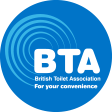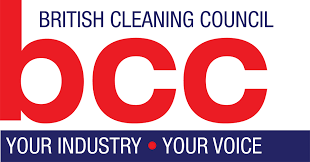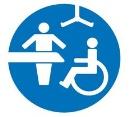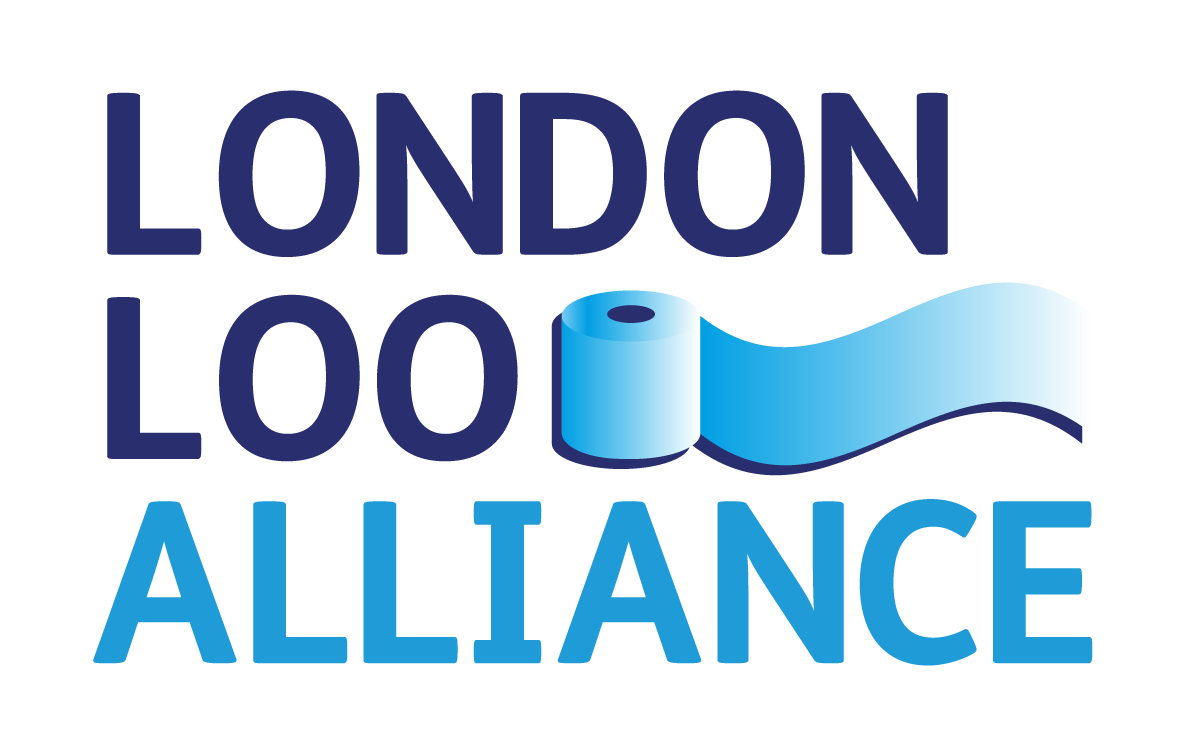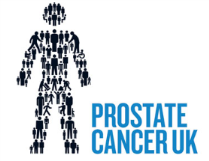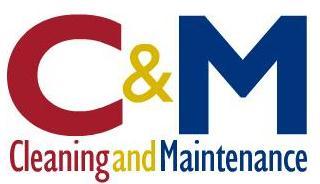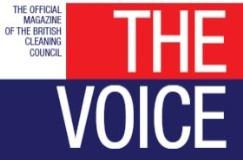CoronaVirus: a report on Warm Air Dryers & Paper Towels

Airdri: paper – Microbiologist’s report
As an experienced microbiologist, I have been asked if I feel safe using a public washroom in the current coronavirus pandemic and how the virus could be transmitted in a washroom? The virus responsible for the pandemic has been named ‘severe acute respiratory syndrome coronavirus 2’ (or SARS-CoV-2) and this causes the disease COVID-19.
The second question is easy to answer: Current informed opinion shows that SARS-CoV-2 is spread by droplet transmission, and also by contacting contaminated surfaces and then touching your face. UK Government, NHS, CDC and WHO sources all emphasize social distancing and the need for adequate handwashing as well as hand sanitation to prevent transmission. The risks of contracting COVID-19 should be no greater in a washroom than in any other communal space.
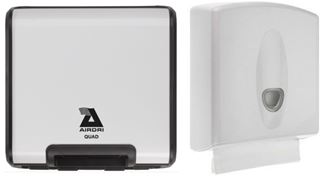
If washroom users have no obvious symptoms of COVID-19 there should be little risk of infection, however there is some debate about the release of SARS-CoV-2 by people before they show symptoms, so there is a possibility of being exposed to contaminated air and surfaces[1]. However the risks are probably greater in the general workplace where coughing and sneezing (and even speaking[2]) can release airborne SARS-CoV-2 which can survive up to 15 minutes in droplets and aerosols in air [3]. With droplet transmission respiratory droplets are generally large enough (> 100 microns in diameter) to fall to the floor rapidly and within 2 meters of the person who is coughing or sneezing.[4] These droplets should adhere to surfaces and the floor as they are comprised of mucus – reducing the risk of transmission. Droplet transmission of coronaviruses by washroom activities is also unlikely as the air is constantly changed, typically 8 – 12 times per hour,[5,6] which will remove droplets as will ‘natural’ ventilation due to opening and closing doors. Many smaller washrooms are also fitted with ‘air purifiers’ to control odours and remove microbial contaminants. Previous (pre-pandemic) studies on the spread of droplets containing faecal bacteria from flushing toilets, operating hand dryers and handwashing have detected faecal bacteria in the air and on surfaces, with Escherichia coli, Streptococcus and Salmonella bacteria being found in public washrooms, and pathogenic Clostridium difficile and MRSA detected in hospital washrooms and toilets.[7,8,9] SARS–CoV-19 has been reported in faeces[10] however there are no reports of transmission via this route.
One notable feature of this research has been the long-standing debate about the relative advantages (or otherwise) of hand dryers over paper towels and their role in the transmission of pathogens. Much of the research is related to hospital usage of hand dryers, and it is generally accepted that they should not be used in clinical areas due to the noise rather than any published epidemiological evidence to show that they are unsafe.
This debate is fueled by the sales of paper towels and hand dryers in the washroom sector: market research indicates that sales of multi-fold paper towels will reach $4bn this year while sales of hand dryers will reach $856m, having grown 12% every year since 2014. The paper towel manufacturers, supported by some biased scientific literature and scaremongering in the public press, report that hand dryers are unhygienic and contribute to the spread of pathogenic bacteria and viruses in the washroom.
In response, the hand dryer industry reports that both paper towels and their dispensers can harbour significant amounts of pathogenic bacteria and viruses, that used towels cannot be recycled and they have a negative environmental impact. [11,12] Potentially pathogenic microbes are spread in the washroom by the users not washing and drying their hands correctly and via the HVAC system supplying contaminated air from other rooms in the building.[13] In a small (50 m3) washroom, a single operation of a typical hand dryer would only disturb 2-3% of the volume of air in a single operation and is unlikely to contribute to the spread of microbes.
The reality is that there is no real difference between paper towels and hand dryers when it comes to cleanliness.[11]
In the light of available information about SARS-CoV-2 and COVID-19 there are two key facts which emerge and warrant attention:
The first, particularly in the present pandemic, is the importance of hand-washing. Most of the hygiene problems arising in washrooms to date have been due to inadequate hand washing. Pre-pandemic observations have shown that nearly 95% of adults did not wash long enough to thoroughly clean bacteria and viruses from their hands.[14]
Furthermore, one UK study reported that:
99% of people visiting a public washroom said they had washed their hands after going to the toilet however, recording devices showed that only 32 percent of men and 64 percent of women actually had.[14] Washing is the key to the removal of bacteria and viruses, and organizations such as the WHO, CDC and DHSS detail the correct way to do it. [15,16,17]
The second is the importance of drying hands properly. In several studies people spent, on average, just 22.5 seconds drying their hands and 45% of washroom users wiped their hands on their clothing to finish drying.[18] An observational study in 2006 timed 5000 hand drying events at a motorway service station and noted that men used the warm air hand dryers for an average of 20 seconds, whilst women used them for just 16 seconds. These reported mean drying times are substantially below 30 seconds, so it can only be concluded that most users of warm air hand dryers do not achieve full drying of their hands. [19]
The World Health Organization has stated that:
“To protect yourself against the new coronavirus, you should frequently clean your hands with an alcohol-based hand rub or wash them with soap and water. Once your hands are cleaned, you should dry them thoroughly by using paper towels or a warm air hand dryer.” [20]
The key message for hand hygiene in washrooms is:
1. ensure the hands are correctly washed,
2. ensure hands are thoroughly dried (10 seconds of drying with either paper towels or jet air dryers; or up to 40 seconds using a warm air hand dryer [21]),
3. do not touch any surfaces after drying hands, and if you do
4. use a hand sanitizer when outside the washroom.
In answer to my first question – “would I feel safe using a public washroom in the current pandemic?” is “yes, it is now probably safer than I did in pre-pandemic days. If people wash their hands correctly, and then dry using either hand towels or hand dryers according to WHO guidelines transient micro-organisms derived from contact will be washed off (soap has been shown to denature SARS-CoV-2),: and any aerosol generated from clean hands by hand dryers will not transmit pathogenic bacteria or viruses into the washroom”.
REFERENCE DOCUMENTS AND WEBSITES
[1] https://www.medrxiv.org/content/10.1101/2020.03.23.20039446v2
[2] https://medicalxpress.com/news/2020-04-important-speech-transmitting-coronavirus.html
[3] https://www.nejm.org/doi/pdf/10.1056/NEJMc2004973
[4] https://onlinelibrary.wiley.com/doi/full/10.1111/j.1600-0668.2009.00626.x
[5] https://www.hse.gov.uk/pUbns/priced/l24.pdf
[6] http://www.solutionsforair.com/resources/rulesofthumb/restroom.aspx
[7] https://www.initial.com/assets/content/files/journey-of-the-germ-white-paper.pdf
[9] https://microbewiki.kenyon.edu/index.php/Microbiology_of_Hospital_Washrooms
[10] https://www.livescience.com/coronavirus-covid-19-spread-through-feces.html?
[11] https://www.theguardian.com/society/2019/apr/25/hand-dryers-paper-towels-hygiene-dyson-airblade
[12]https://www.intelligenthanddryers.com/blog/hand-dryers-are-they-hygienic
[13] https://www.ncbi.nlm.nih.gov/pmc/articles/PMC5881072/
[14]https://www.transplumb.com/news-archive/news-2017/16-03-17-srticle-proper-handwashing-and-drying
[15] https://www.who.int/gpsc/clean_hands_protection/en/
[16] https://www.cdc.gov/handwashing/index.html
[17]https://www.nhs.uk/live-well/healthy-body/best-way-to-wash-your-hands/
[18] http://info.debgroup.com/blog/bid/297155/Paper-Towels-or-Hot-Air-Dryers-Which-is-Better-Why
[19] https://sfamjournals.onlinelibrary.wiley.com/doi/full/10.1111/j.1365-2672.2010.04838.x
[21] http://www.nhs.uk/news/2013/06June/Pages/Paper-towels-may-be-more-hygienic-than-hand-dryers.aspx
Dr. David L. Webber 10th April 2020
Related products: NEW Air Purification Units
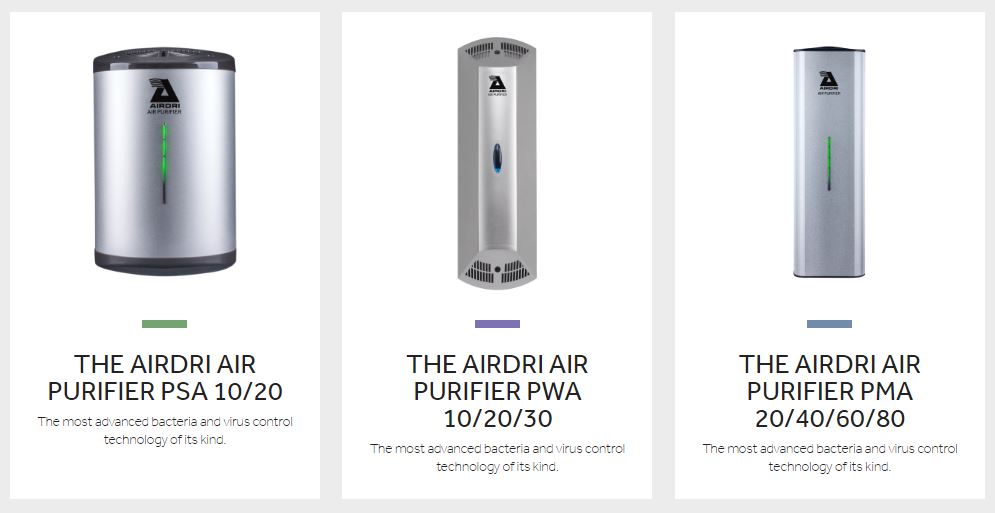
Odours are created by bacteria, viruses, mould, fungi and volatile organic compounds in the air and on surfaces. It is these odours that generate the perception of poor washroom hygiene. Tests carried out at Porton Down have proved that the Airdri Air Purifier kills 98.11% of all airborne and surface bacteria and viruses.
By killing harmful airborne and surface viruses and bacteria, the Airdri Thermal U/V Washroom Air Purifier eliminates odours from the washroom reassuring users that the washroom is clean. Regular cleaning and the use of disinfectants and masking agents cannot control the spread of micro-organisms however the Air Purifier can provide 24/7 infection and odour control by sanitising the air and all exposed surfaces.
- Completely silent
- Eliminates odours and mould
- Improves air quality
- Suitable for areas of continuous occupation
- Ideal for care homes, dental surgeries, waiting rooms, hairdressing salons, café and other hospitality uses
Contact: Airdri Ltd,
Technology House, Oakfield Estate,
Eynsham, Oxford, Oxfordshire, OX29 4AQ, UK
Telephone: +44 (0)1865 882330
Fax: +44 (0)1865 881647
Email: sales@airdri.com Website: www.airdri.com



